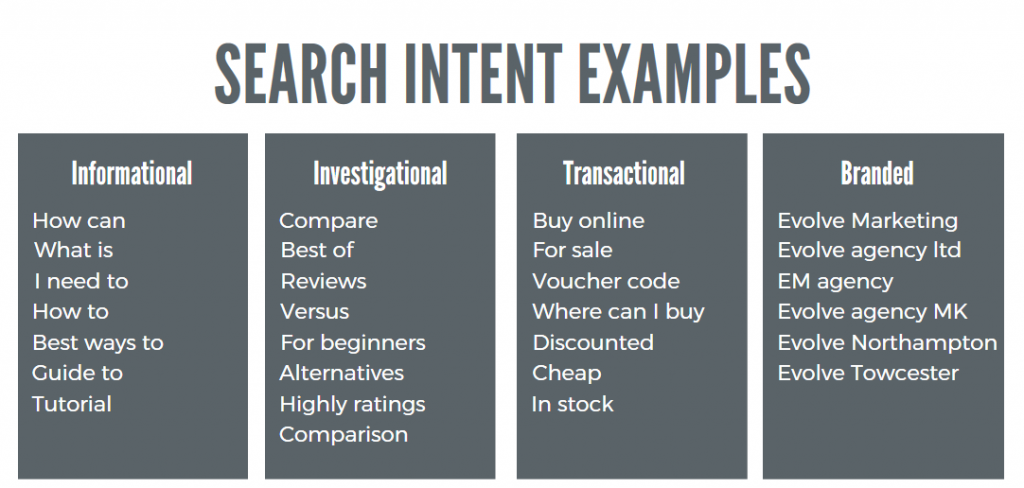Spring is often a popular time for B2B organisations to consider a brand refresh so their offering looks up-to-date and professional. After all, a well-branded business not only attracts more prospects with less effort but also helps fuel self-confidence.
While a brand refresh can just be the equivalent of giving your company a fresh lick of paint, (for example, a new set of branded images or a new corporate brochure). It can also provide a useful opportunity to look at the key elements that make up the foundation of your brand and check they are still relevant.
Here are our handy pointers to make the most of your next B2B brand refresh so that your organisation stays on track to meet your business objectives.
Brand Refresh Pointers…
To ensure that your efforts remain effective and relevant, we suggest as part of your brand refresh you take time to look at the following:
- Assess your competitors. Are there new players in the market? Have your existing competitors evolved their offering? And importantly when your company or service is not chosen, who or what is and why is it perceived as a better choice?
- Revisit your target market. Have their needs changed and are you still offering them what they need? Have new customer segments emerged?
- What’s your story? Are your differentiators positioned, verbally and visually, in a compelling way? Do all your internal stakeholders know how to represent the brand? Is this positioning enforced and reinforced?
- Brand touchpoint review. Does your brand cascade consistently through every stakeholder touchpoint? Is it consistent with your core brand identity?
- Marketing channels. Are the channels you use to deliver your brand messages still relevant? Are you where your prospects are?
In conclusion…
If you are considering a brand refresh, talk to the brand refresh experts we can help with all your brand requirements. Call us on 01327 810003 or online via the contact us page

 Here at Evolve we are delighted to announce that once again we’ve retained our place on The Drum’s recommended agency register (formerly called RAR) until July 2020.
Here at Evolve we are delighted to announce that once again we’ve retained our place on The Drum’s recommended agency register (formerly called RAR) until July 2020.


